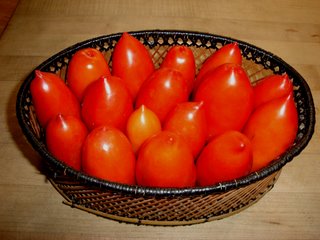Not a garden post
On the whole, I'd much rather be outside today, gardening or kayaking or looking for mushrooms, but I'm stuck in my office. This was made much more tolerable by a colleague's email notifying me that The Royal Society has opened its online archives containing every paper published in the Royal Society journals from 1665 to the present day. Access to the archives is free to the public for the next two months. So I've just spent a pleasant hour reading a letter of Mr. Isaac Newton , Professor of the Mathematicks in the University of Cambridge; Containing His New Theory about Light and Colors , published in 1671. Too cool! He held a prism up to a beam of light and observed the shape of the refracted colors, an activity that never failed to delight my daughters when they were toddlers.
"It was at firft a very pleafing divertifement, to view the vivid and intenfe colours produced thereby; but after a while applying my felf to confider them more circumfpectly, I became furprifed to fee them in an oblong form; which according to the received laws of refraction, I expected fhould have been circular." Uh, yeah, I guess we never got quite that far in our obfervations.
Darn, why couldn't they have waited until January to open the archives to the public!
"It was at firft a very pleafing divertifement, to view the vivid and intenfe colours produced thereby; but after a while applying my felf to confider them more circumfpectly, I became furprifed to fee them in an oblong form; which according to the received laws of refraction, I expected fhould have been circular." Uh, yeah, I guess we never got quite that far in our obfervations.
Darn, why couldn't they have waited until January to open the archives to the public!








